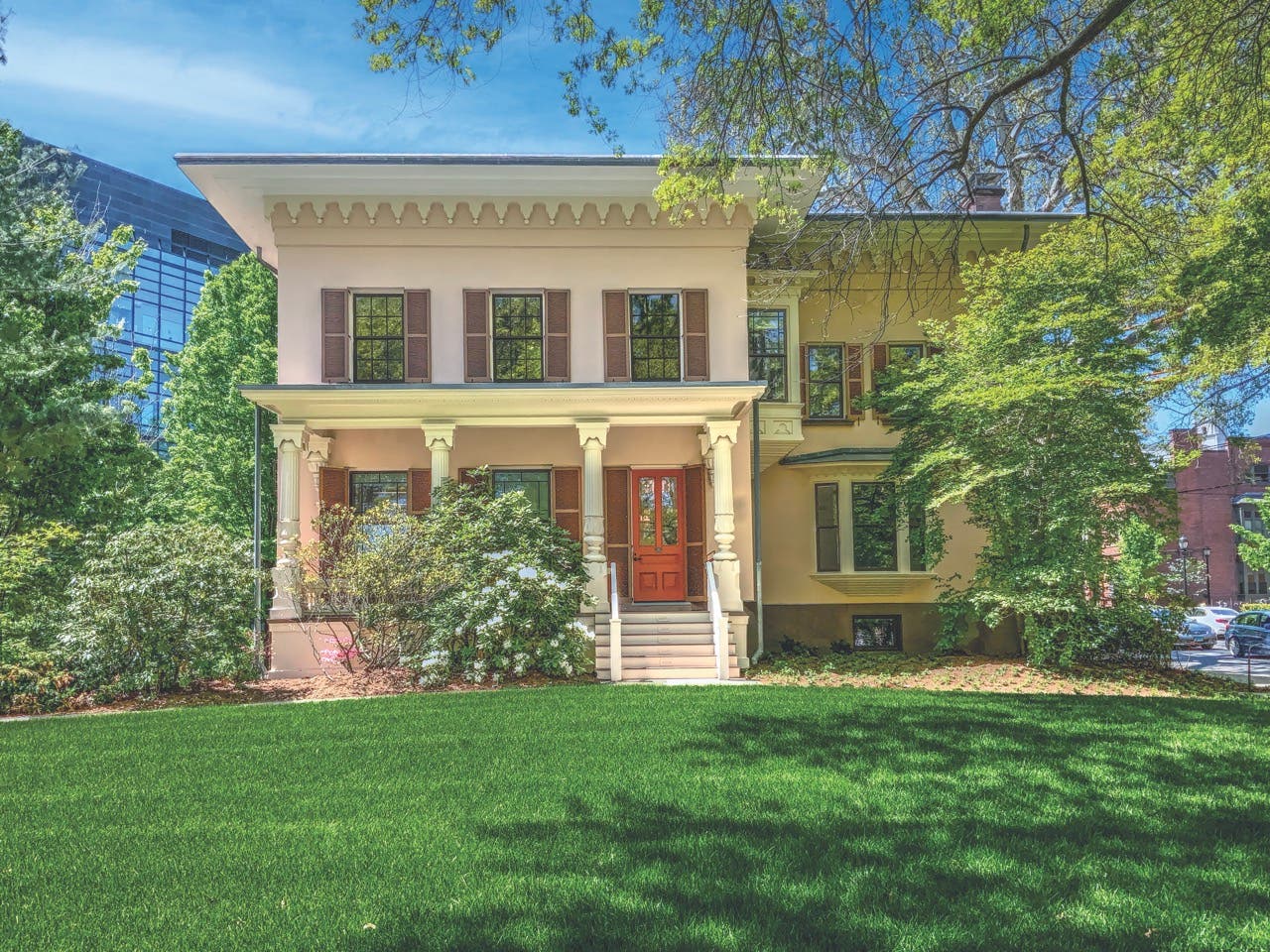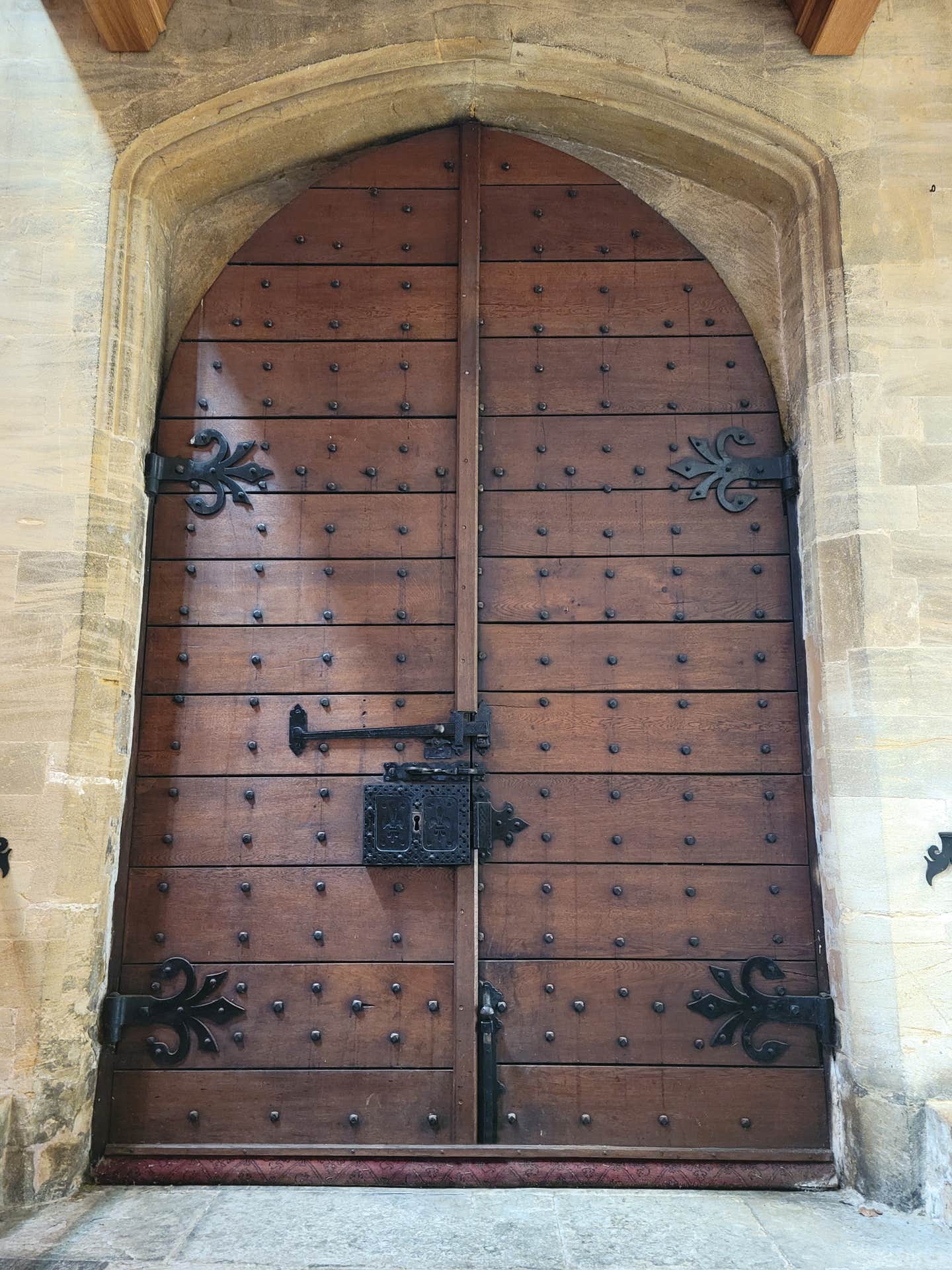
Windows & Doors
Door Additions
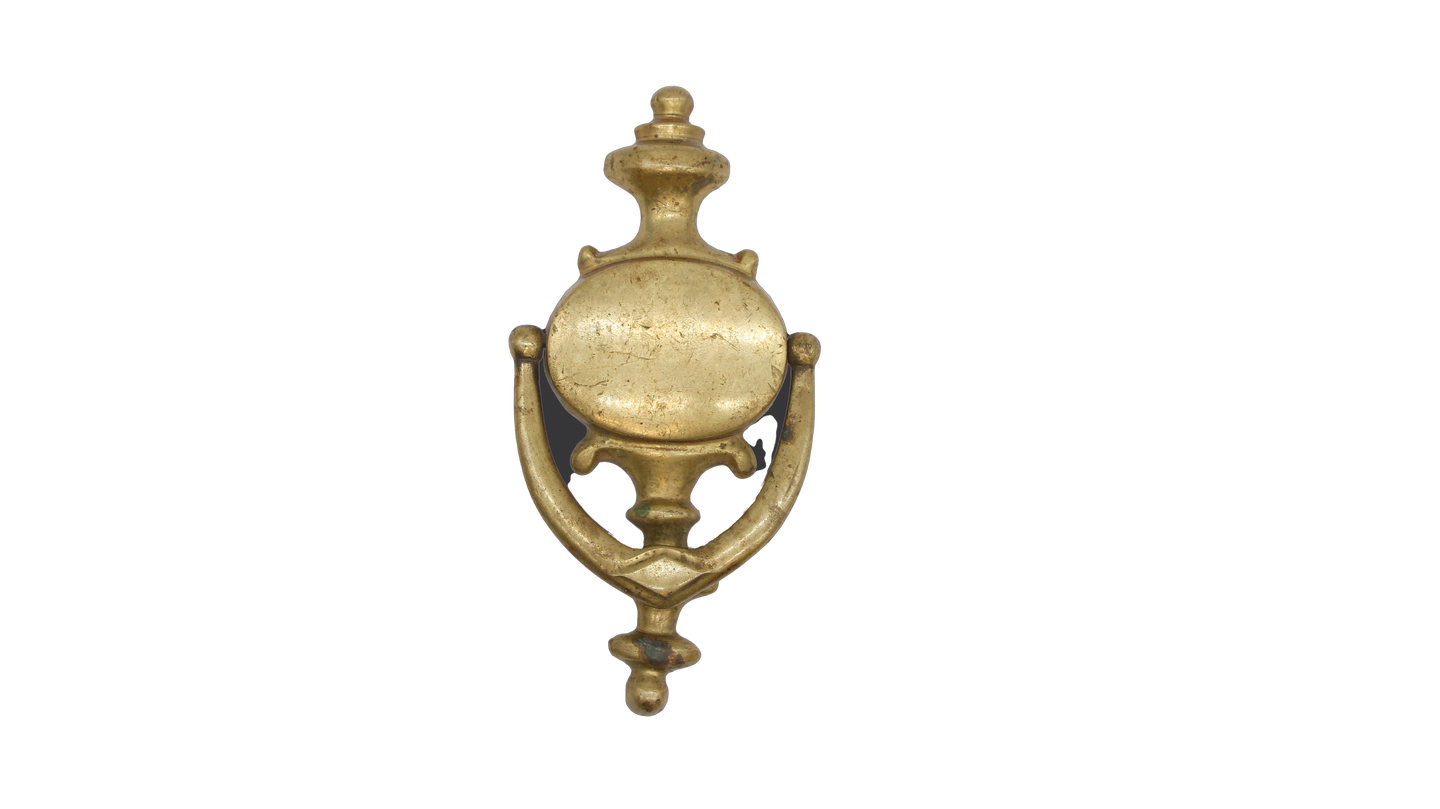
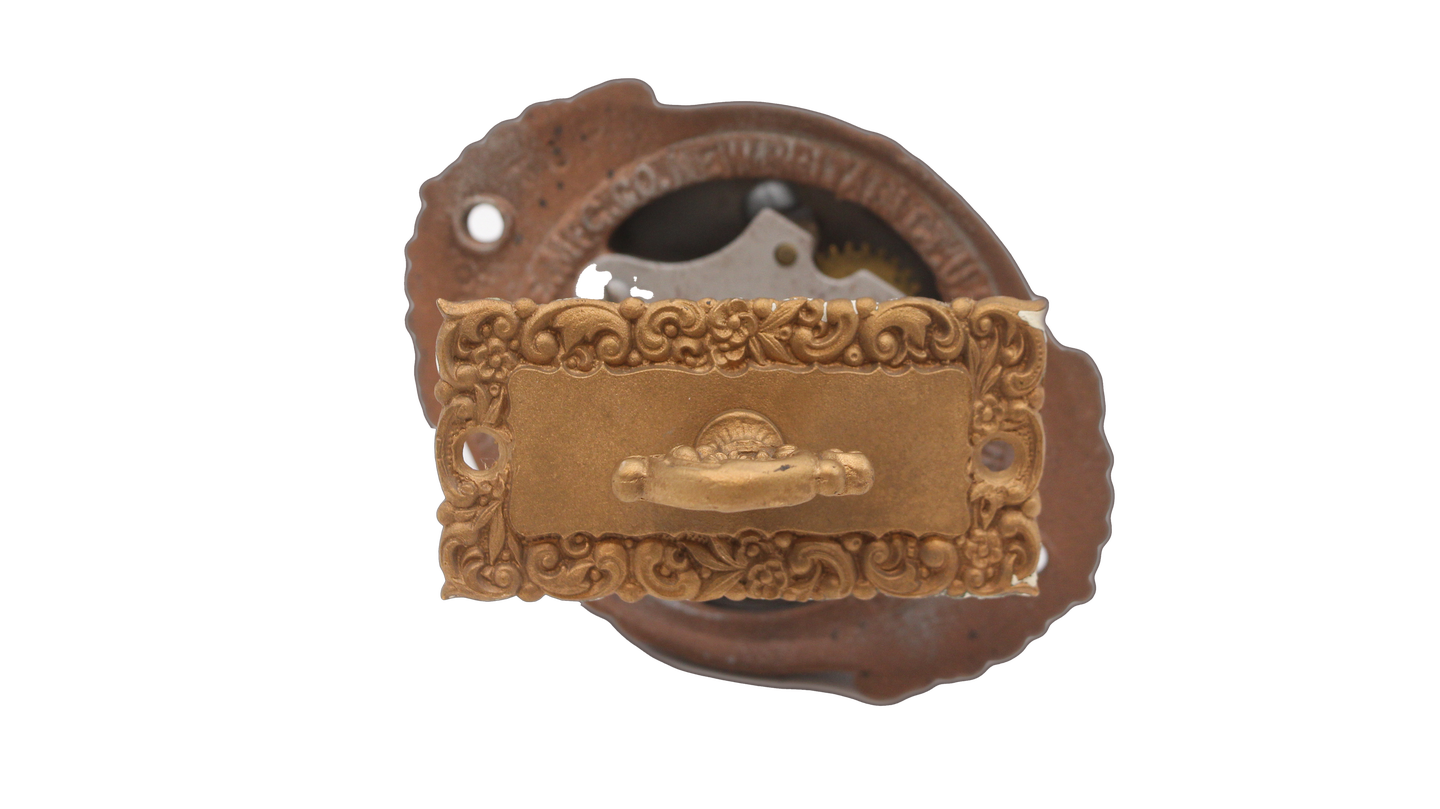
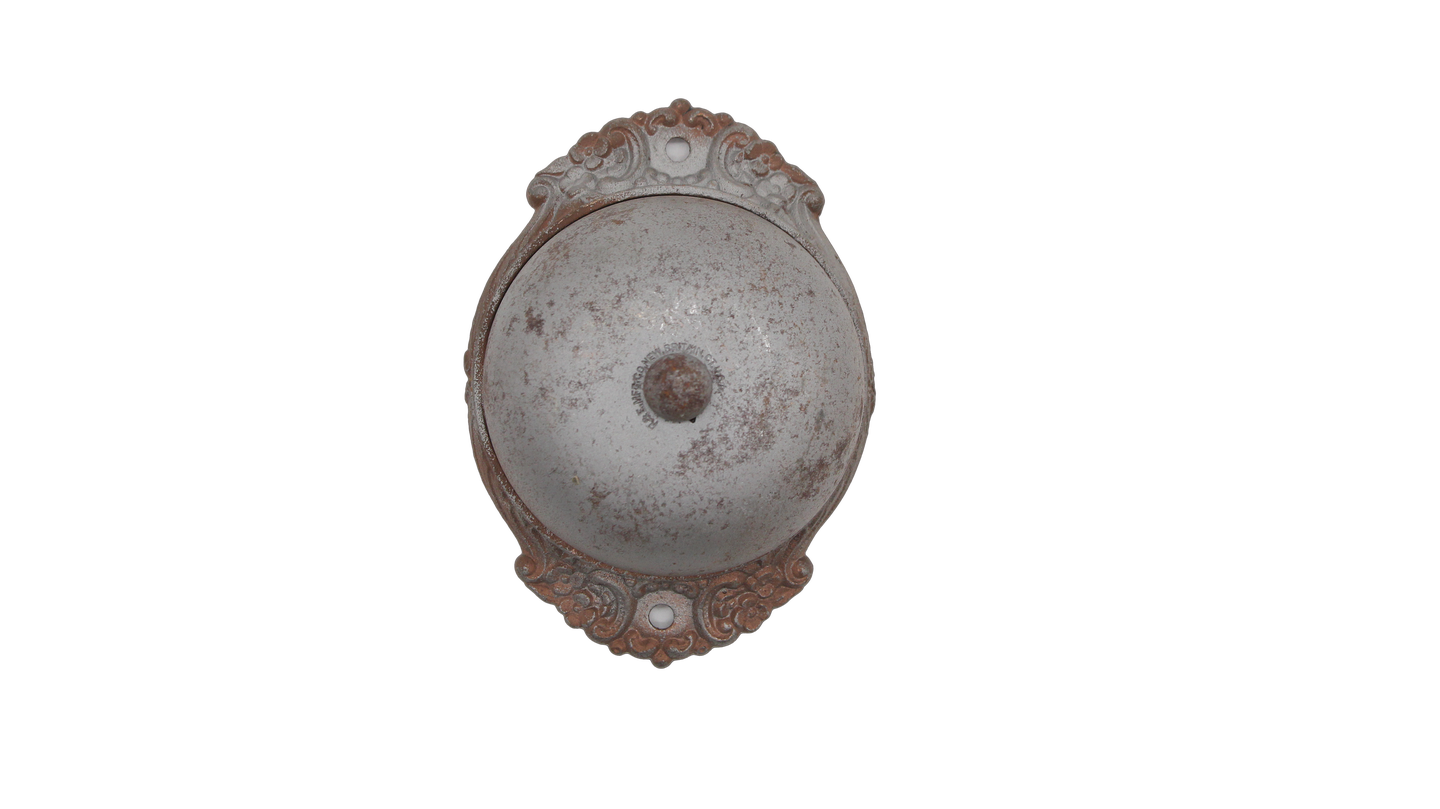

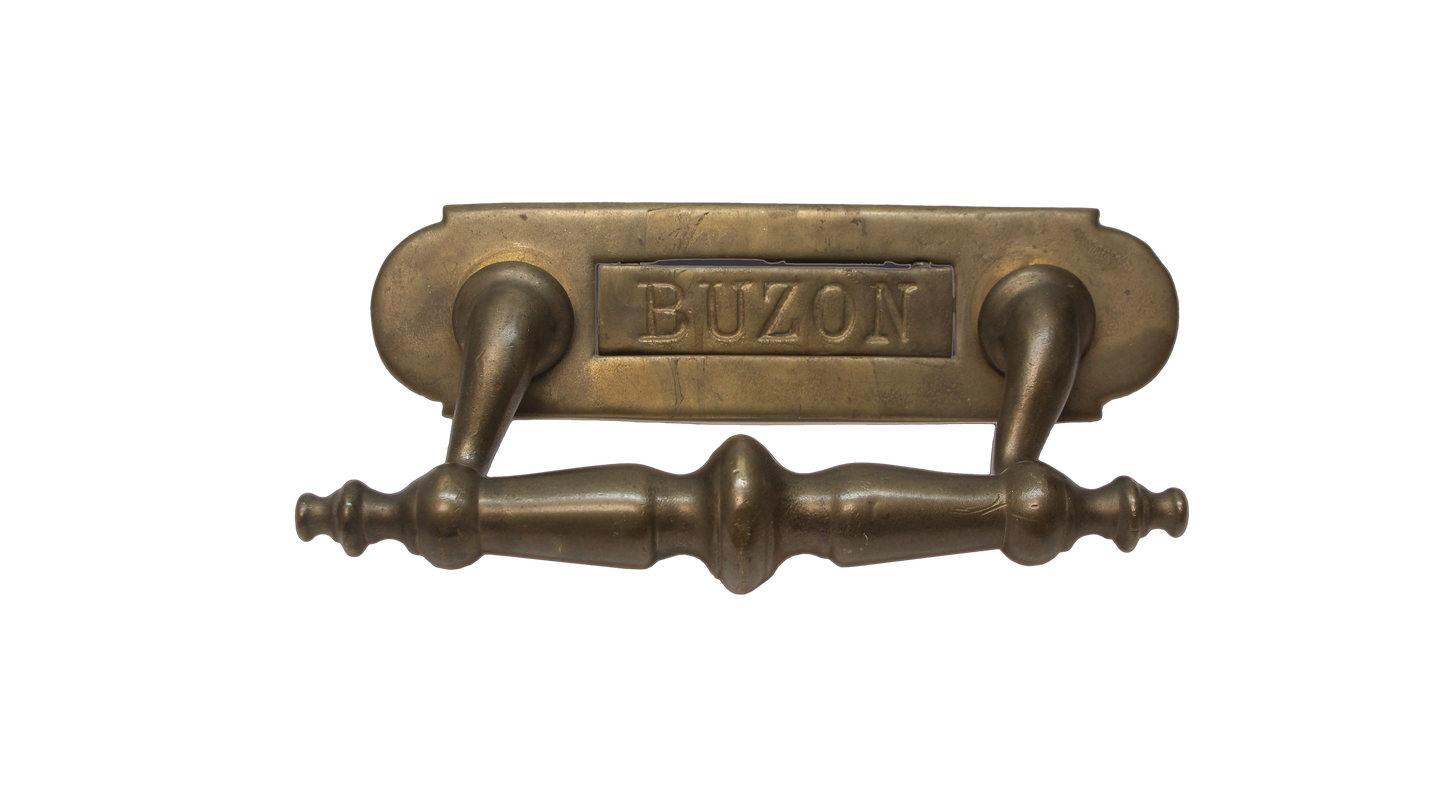
At a minimum, doors require hinges, a knob or pull, and a lock to be functional. These three hardware items are described in three previous installments of this column, but there is so much more ironmongery that defines the character of a door. These objects come in all manner of materials, finishes, styles, and sizes, and they serve a variety of functions. Furthermore, they are influenced by the country in which they were produced, the available materials, the era—Rococo, Art Deco, Art Nouveau, Shaker—and other factors that result in a multitude of style variations. While the list here of hardware is by no means exhaustive, the pieces covered all have similar approaches to restoration.
The address of a property needs to be clearly marked at the entrance. Numbers are placed near the door and sometimes on it. Numbers can be carved into the door, applied to the door, or included in a plaque set into the door.
Upon reaching an address, a visitor must notify the residents of their arrival, and thus the emergence of the door knocker. Historically, the materials used for door knockers varied from crude pieces of wood to elaborate metal, which was rapped on a corresponding metal plate to amplify the sound. Starting in the Victorian era, doorbells replaced door knockers. At first, there was a bell inside the house rung by pulling a piece of cord outside. Later, Victorians turned a key-like knob that operated a bell mounted to the back side of the door. In 1831, American Joseph Henry invented an electric doorbell, which used push-buttons on the door frame to operate the bell on the interior.
Mail deliverers have always been frequent visitors to front doors. Letter slots, with or without a catchment box or basket on the interior, were cut through the door in a size wide enough to accept a typical letter. In most cases, the slot would have a cover against the weather, which could be lifted to deliver the mail. Letter slots were made of various types of metal, with a loose-hinged or spring cover, highly decorated or plain.
If an occupant were curious about who was delivering mail or knocking on the door, a viewport could be introduced. A door could be partially glazed, and then have a metal grill attached to prevent break-ins though the glass. Sometimes a small, hinged door would permit viewing without disclosing the occupant’s identity (think speakeasy).
The most wear and tear on a door occurs on the bottom stile, due to holding it open with a foot, kicking it, or salt spray from de-icing salts splashing it. Kickplates were affixed to prevent damage to softer (wood) substrates.
For heavy doors, corner braces could be applied that would span the joint between the stile and rail of the door to reinforce it. Again, these ranged from flat wrought iron, to elaborately worked bronze or brass, making a visual statement when combined with the door handle, mail slot, and doorbell. Manufacturers developed complete hardware sets, sometimes employing an architect to design them. Catalogues document such availability.
Further back in time, corner braces were applied to strengthen the door against intruders with battering rams and other weapons. To lessen the potential damage to wood doors, “bosses,” oversized hobnails that decorated and protected the surface, were applied. They were round or pyramidal, from a half-inch to three inches, in wrought iron with a cast pattern or gilding as decoration.
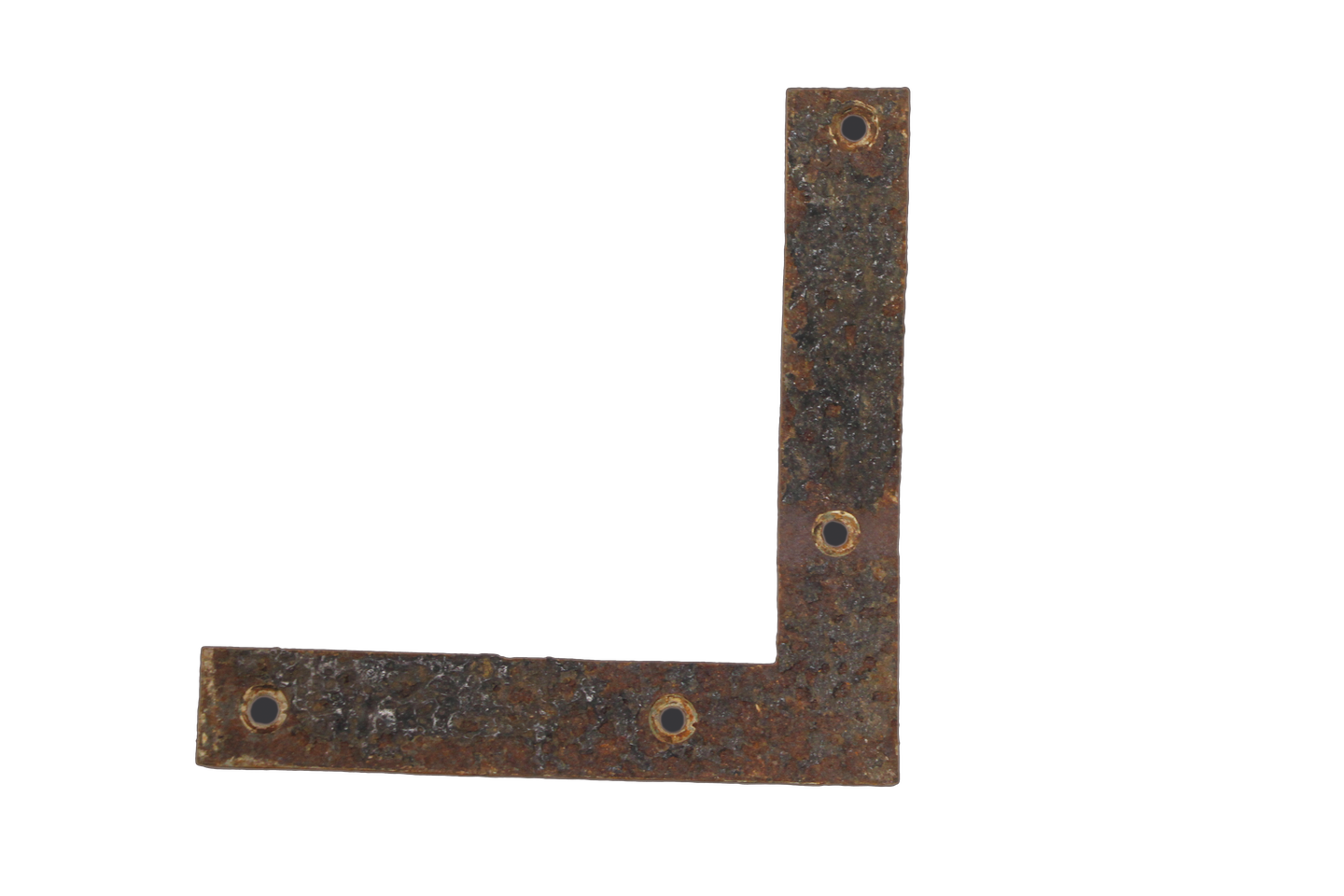

Objects to hold a door ajar came about as self-closing hinges evolved. Doorstops came in different weights of cast iron, sometimes cast into fanciful shapes or animals. Placed on the floor in front of the pull side of the leaf, its weight and friction with the floor prevented the door from closing.
Conversely, closers were applied to the push side of the door, to keep a door shut. These closers would prevent winds from blowing a door open, while still permitting the door to open and close without locking.


Lastly, cremone bolts were vertical rods that engaged at the floor or into the frame at the top of the door. They provided no unlocking mechanism to the exterior and could be engaged on one or both leaves of a set of double doors.
Strengths and Weaknesses
These elements are significant to the door, lending it integrity and historical relevance. If they are not restored and retained, if they are replaced with something new, or removed altogether, the voids of their attachment points will degrade the appearance of the door. Given their many operable parts, these devices are prone to wearing down or breaking down completely. Repair should be given priority over replacement. Refinishing of these items should be performed by a conservationist experienced in the type of material involved and in its repair.
Susan D. Turner is a Canadian architect specializing in historic preservation of national registered buildings. She is the Senior Technical Architect for JLK, a woman-owned business specializing in the repair and preservation of historic buildings. She can be reached at sturner@jlkarch.com




